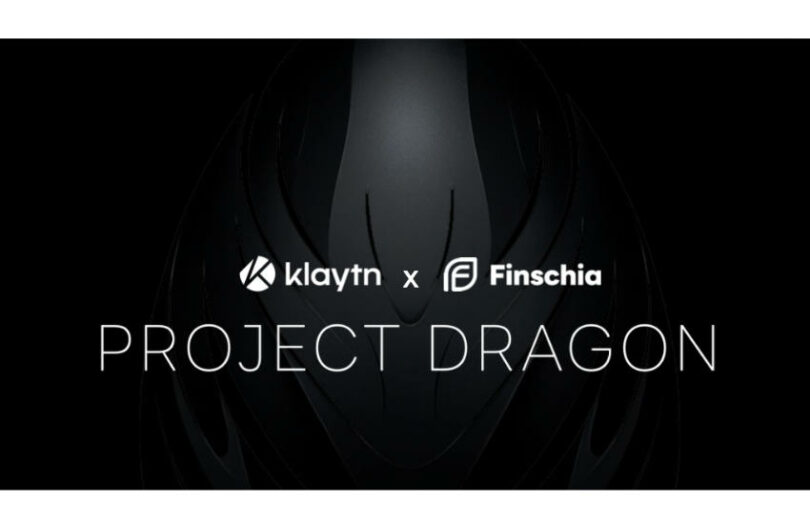Last month, two of Asia’s largest social media firms, Korea’s Kakao and Softbank-backed LINE, proposed to merge the blockchains they founded. However, the Klaytn (Kakao) and Finschia (LINE) blockchains have formal governance procedures based on crypto tokens. While the Klaytn founders influence around 42% of the governance votes, it’s less on the Finschia side.
And it’s not going so well. Finschia suspended voting before the end date but the proposal was dead by then. Roughly 35% of Finschia governance tokens voted no ‘with veto.’ Any vote receiving more than a third of votes with a veto is rejected. Only 1% voted yes.
Today the two sides put forward a revised proposal providing Finschia token holders with more incentives.
The merger would combine Klaytn’s audiences in Korea, Singapore, and Vietnam with Finschia’s strong presence in Japan, Taiwan, Thailand, and Abu Dhabi. Klaytn has 29 million blockchain wallets versus Finschia’s 5.6 million. The two social media networks have 250 million users combined.
On the Klaytn forum, a token holder observed, “I think it’s too rushed to put a merger involving chains worth over $700 million (Klaytn) and $200 million (Finschia) to vote just 2-3 weeks after the proposal is made.”
A Korean press report said validator A41 was part of the no-vote, and they complained there was insufficient information about the merger.
Blockchain governance holdups
One of the sticking points is that Finschia token holders are eyeing the recent $140 million raised by LINE NEXT, the web3 arm of LINE. The parent is a joint venture between SoftBank and Korea’s Naver. Not only do Finschia token holders believe their tokens are undervalued given that recent funding, but they also have a different vision for the Finschia blockchain. For starters, it uses Cosmos technology, whereas Klaytn is Ethereum-compatible. The merged chain will support both.
A recent article in the Korean press highlighted some of the issues. Klaytn’s growth has stagnated, so they see a merger as a new growth impetus. However, Finschia token holders take the opposite view.
Additionally, last September Kakao’s founder and Klaytn affiliates were sued with allegations of embezzlement and breach of trust relating to Klaytn tokens. The Klaytn Foundation claimed it had a legal opinion that the litigation wouldn’t impact the merger.
In terms of communicating with governance token holders, the message is more about incentives and token valuations than substance. They point to 77.9% of crypto transactions coming from Asia but less than 5% of mainnet value. However, this is a winner-takes-all scenario. So Bitcoin and Ethereum alone account for two thirds of crypto market capitalization.
One of the ironies is that Klaytn historically had corporate blockchain governance with only enterprise members on the governance board. However, when staking became the norm, that changed, although a few enterprise members remained.
From a business perspective, the takeaway is that two brands created this deal for the blockchains they founded. But they previously chose to issue tokens. Without sufficient control over the blockchain’s governance, they might have a hard time getting their way.






